Man is a being, of course, a social one, striving for the society of other people. That is why it continues to rapidly "flow" into big cities. On the other hand, man is a natural being. It is an integral part, a link of a natural, natural landscape. Thus, cities and - without industry and remain today the two main axes around which the life of modern society revolves.
In this article we will consider the concepts related to the section of urban studies. What is suburbanization, deurbanization and urbanization? What is the meaning of these three concepts?
The meaning of the concept of "urbanization"
The term "urbanization" comes from the Latin word "urbanus", which translates as "urban". Urbanization (in a broad sense) is understood as the growing role of the city in the life of a person and society. In a narrower sense, this is the process of urban population growth and the "flow" of residents from rural areas to cities and megacities.
Urbanization, as a socio-economic phenomenon and process, began to be actively discussed in the middle of the 20th century, when the percentage of the urban population began to grow rapidly. The reason for this was the development of industry in cities, the emergence of new ones in them, as well as the development of cultural and educational functions in urban settlements.
Scientists identify several aspects of urbanization processes, namely:
- the outflow of the population from the countryside to the cities;
- transformation of villages and villages into urban-type settlements;
- the formation of large and integral suburban areas of settlement.
To the questions "what is suburbanization, urbanization, deurbanization, ruralization?" answers the science of geourban studies - one of the important sections of modern social geography.
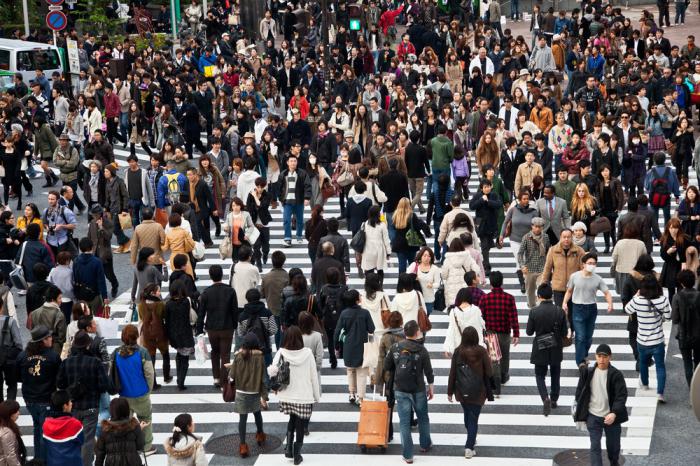
The concept of "urbanization" is closely related to the so-called phenomenon of false urbanization, which is typical for such regions of the world as Latin America and Southeast Asia. What is false urbanization. In fact, this is an unjustified growth of cities, which is not accompanied by the necessary growth of jobs and the development of appropriate infrastructure. As a result, the rural population is simply "forced out" to large cities. False urbanization, as a rule, is accompanied by a surge in unemployment and the appearance within the city of the so-called "slums" - city blocks not intended for normal human life.
The level of urbanization in different countries of the world
The UN Department of Economic and Social Affairs annually prepares the next rating of urbanization of the countries of the world. These studies have been carried out since 1980.
The level of urbanization is the percentage of the urban population to the total population of a country. And it is not the same in different states of the world. Thus, the highest rates of urbanization (if you do not take into account the dwarf states, consisting of one city) are recorded in Qatar, Kuwait, Belgium and Malta. In all these countries, the rates of urbanization of the population exceed 95%. Also, the level of urbanization is quite high in Iceland, Argentina, Japan, Israel, Venezuela and Uruguay (above 90%).
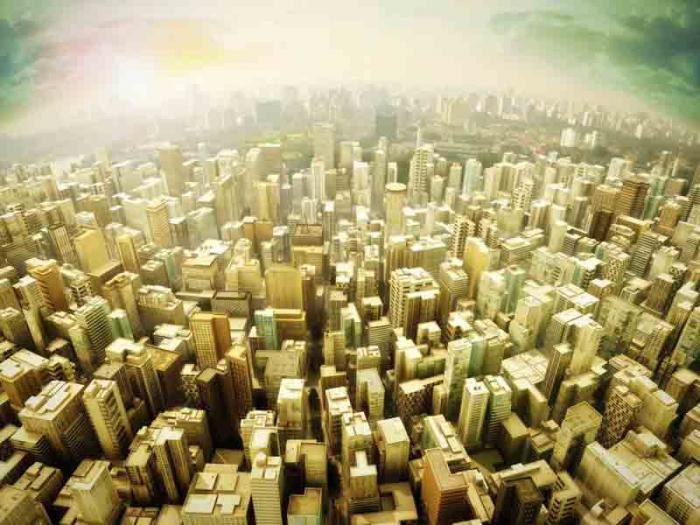
Russia's figure in this rating, according to UN estimates, is 74%. Burundi is also at the bottom of the urbanization rating (with urbanization rates of 12.6 and 11.5%, respectively). In Europe, the lowest urbanization rate is typical for Moldova (49 percent).
The concept of urban agglomeration
Urban agglomerations are a phenomenon that is inextricably linked with the process of urbanization. This is the process of combining neighboring urban settlements into one complex and integral system. Within this system, stable and intensive ties are formed: industrial, transport, scientific and cultural. Urban agglomerations are one of the natural stages of urbanization processes.
There are two main types of agglomerations:
- monocentric (formed on the basis of one central core city);
- polycentric (accumulation of several equivalent urban settlements).
The following distinguishing features are characteristic of the urban agglomeration:
- Connection of the central city with other cities and settlements adjacent to it (without significant territorial gaps).
- The share of built-up areas in the agglomeration must necessarily exceed the percentage of agricultural land.
- Any agglomeration is characterized by daily pendulum migrations - labor, educational, cultural and tourist.
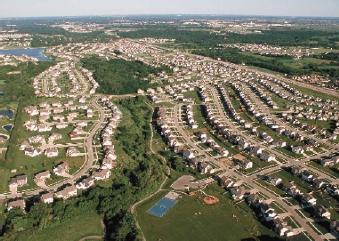
According to the UN, there are at least 450 urban agglomerations on our planet, each of which is home to at least one million people. The Tokyo metropolitan area is recognized as the largest agglomeration in the world, in which about 35 million people live. The leading countries in terms of the total number of urban agglomerations are: China, USA, India, Brazil and Russia.
Urban agglomerations in Russia
It is interesting that in Russia at the state level there is no accounting of urban agglomerations within the country. Therefore, the actual data on this matter may differ slightly from each other.
Nevertheless, it is customary to single out 22 agglomerations on the territory of Russia. The largest of them are the following (approximate population is indicated in brackets):
- Moscow (about 16 million).
- St. Petersburg (5.6 million).
- Samara-Togliatti (2.3 million).
- Yekaterinburg (2.2 million).
- Rostov (1.7 million).
Russian urban agglomerations are characterized by high industrialization of the territory, a high level of infrastructure development, a large number of research and higher educational institutions. The main part of the agglomerations in Russia are monocentric, that is, they have one, pronounced center, which subordinates all other settlements and suburbs.
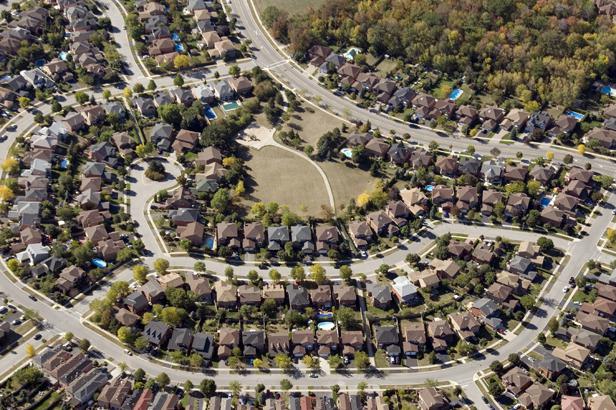
Suburbanization: definition of the concept
Now it is worth considering other concepts that are actively used in urban studies. Suburbanization - what is this concept and what is its essence?
This term came into active use in the second half of the twentieth century. Suburbanization is a phenomenon accompanied by the active development of suburbs - zones located around large metropolitan areas.
Toward the end of the last century, an increasing number of people began to move to the outskirts of cities, away from the noise of factories and dirty air and closer to natural landscapes. At the same time, such "settlers" do not begin to plow the land and raise chickens. They continue to work in the city, spending several hours every day to get to their place of work. Of course, suburbanization became possible only thanks to the development of mass motorization.
From urbanization to suburbanization!
Recently, The Economist published an interesting article called "The Planet of the Suburbs". According to the text of this article, suburbanization is nothing but "disguised" urbanization! Indeed, all over the world today, cities and megacities are growing exclusively at the expense of the suburbs. The Economist lists only two modern metropolitan areas as exceptions: London and Tokyo.
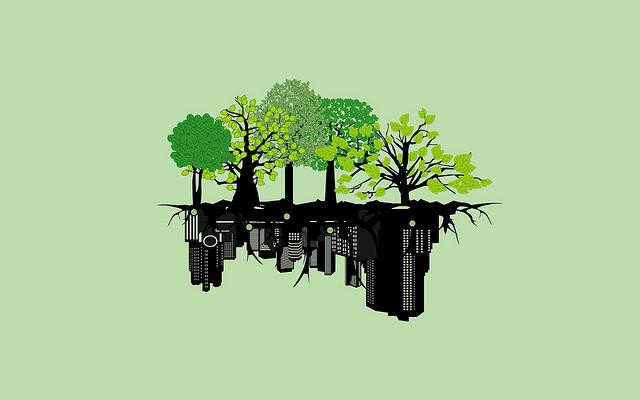
And now we can observe an interesting picture: if 30-40 years ago the outskirts became a "home" for the poorer segments of the population, today everything has changed diametrically. And now blocks of elite housing can be increasingly seen in suburban areas.
What is deurbanization?
Finally, one more concept needs to be dealt with. Dezurbanization is a process opposite to urbanization (from the French "dez" - means negation).
De-urbanization is characterized by the processes of population resettlement outside the cities. In a more global sense, this term also means a denial of the positive role of the city in society. The main goal of the theory of deurbanization is to eliminate all
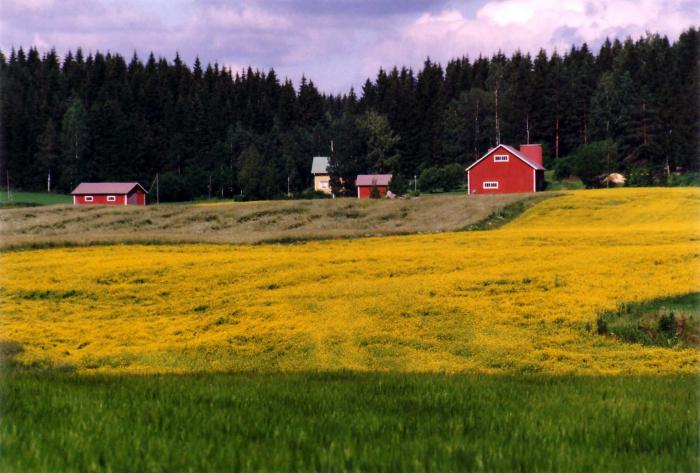
Finally...
Urbanization, deurbanization, suburbanization... All these concepts are very closely related to each other. If urbanization is the process of increasing the role of the city in the life of society, then suburbanization is, on the contrary, the outflow of the population to suburban areas.
